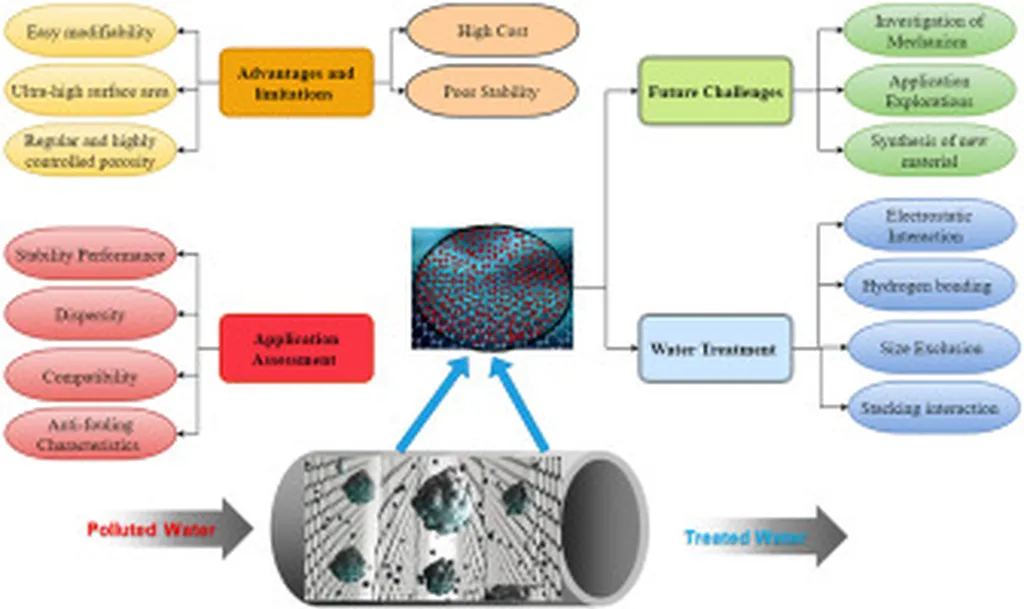In the pursuit of innovative materials for environmental remediation and energy applications, a team of researchers led by Muhammad Yaseen from the Department of Chemistry at Abdul Wali Khan University Mardan, Pakistan, has made significant strides. Their work, published in the Journal of Science: Advanced Materials and Devices (translated as “Journal of Science: Advanced Materials and Devices”), focuses on the synthesis and characterization of TiO2–SiO2 nanocomposites, which exhibit promising dual-functional properties.
The research team employed a sol-gel process to create TiO2–SiO2 mixed oxides, combining titanium isopropoxide (TTIP) and tetraethyl orthosilicate (TEOS) in a 1:1 ratio. This method yielded a nanomaterial with enhanced physicochemical properties, as confirmed by various state-of-the-art characterization techniques. UV–Vis spectroscopy revealed the electronic excitation behaviors, while scanning electron microscopy (SEM) provided insights into the surface morphology. Energy-dispersive X-ray spectroscopy (EDX) confirmed the presence of titanium, silicon, and oxygen, and Fourier-transform infrared spectroscopy (FT-IR) identified characteristic functional groups.
One of the most compelling aspects of this research is the material’s photocatalytic performance. The TiO2–SiO2 nanocomposite demonstrated impressive degradation efficiencies of approximately 92% for Rhodamine B (RhB) within 6 hours and 70% for Methylene Blue (MB) within 5 hours under light irradiation. This finding holds significant potential for water remediation and environmental cleanup, addressing critical needs in the energy and environmental sectors.
“Our research highlights the potential of TiO2–SiO2 nanocomposites as effective photocatalysts for degrading organic pollutants,” said Muhammad Yaseen. “This dual-functional material not only shows promise for environmental applications but also opens up new avenues for energy-related technologies.”
Beyond photocatalysis, the nanocomposite was evaluated for its biological activities, including α-glucosidase inhibition and cytotoxicity using human red blood cells (HRBCs). The results indicated a concentration-dependent increase in biological activities, suggesting potential applications in biomedical fields.
The implications of this research are far-reaching. As the world seeks sustainable solutions for environmental remediation and energy efficiency, materials like TiO2–SiO2 nanocomposites could play a pivotal role. Their ability to degrade pollutants efficiently and exhibit biological activities makes them versatile candidates for various industrial applications.
“This study not only advances our understanding of nanomaterials but also paves the way for innovative solutions in environmental and energy sectors,” added Yaseen. “The dual-functional nature of these nanocomposites offers a unique advantage, making them highly attractive for commercial applications.”
As the energy sector continues to evolve, the development of advanced materials like TiO2–SiO2 nanocomposites will be crucial in meeting global challenges. The research published in the Journal of Science: Advanced Materials and Devices (translated as “Journal of Science: Advanced Materials and Devices”) sets a strong foundation for future advancements, inspiring further exploration and innovation in the field.

